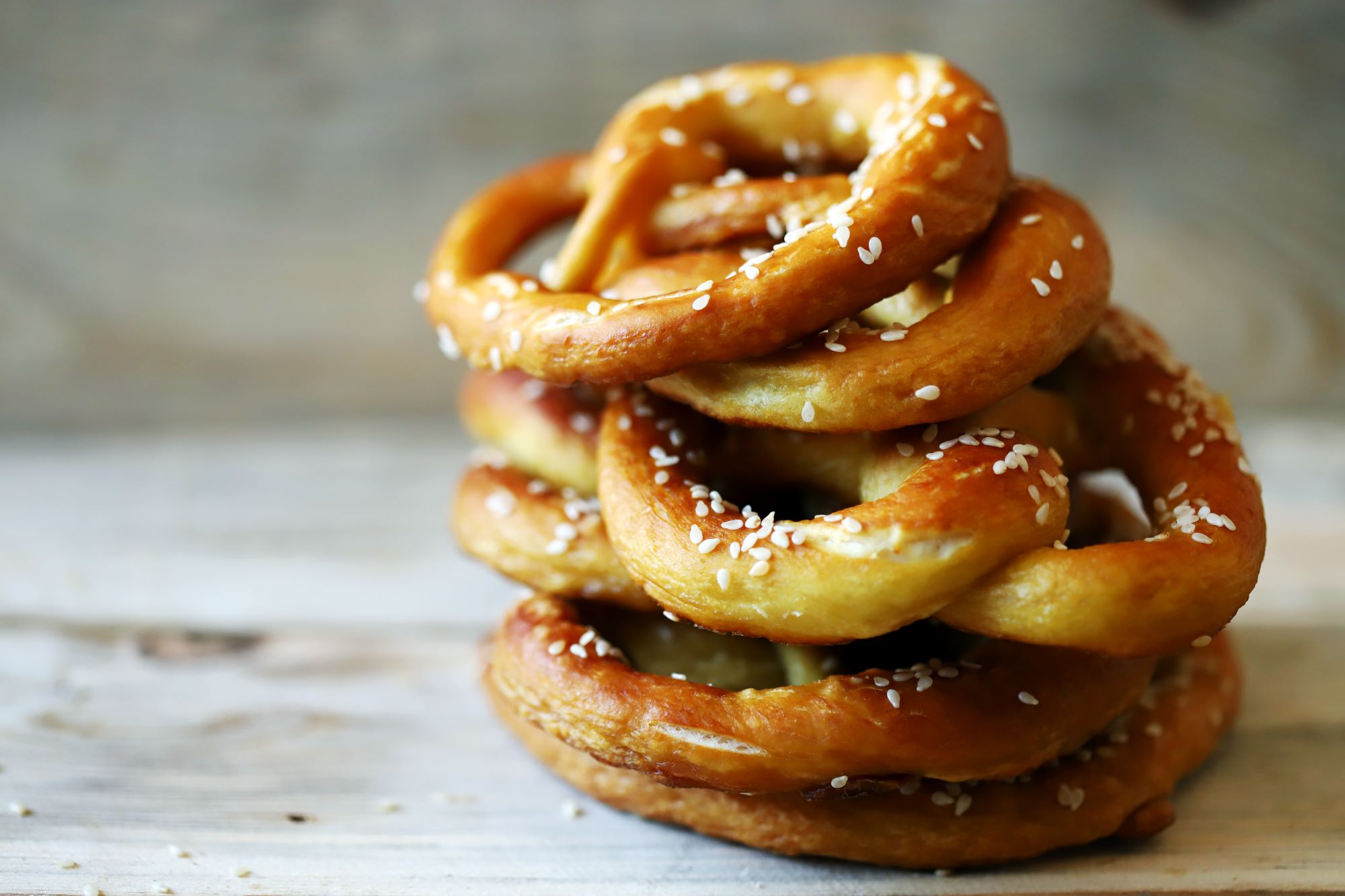This study investigates how the size of salty food, in this case pretzels, influences eating behavior; overall intake, eating rate, bite size, and snacking duration, finding that people consume larger pretzels quicker than small ones. However, while those eating smaller pretzels take smaller bites, eat them slower, and eat less overall, they still had a higher intake of sodium.
75 adults were involved in this study, eating snacks at three different times while being video recorded to calculate the rate, bite sizes, number of bites, and duration. The oversized snack was about 2.5 servings of one of three sizes of pretzels, small, medium, or large.
Analysis revealed that when the participants were given the same amount of food, how much they consumed depended on snack weight and calories in unit size, with participants consuming 31% and 22% more of the large pretzels compared to the small and medium-sized pretzels, respectively. Size also influences their eating rate and bite size, with the large pretzels having the fastest eating rate and biggest bite size.
The researchers also reported that pretzel size alone did not significantly affect how much the participants ate and that the eating behavior prompted by the different sizes was driving total intake, suggesting that the larger pretzel size induces a person to take bigger bites and eat more quickly.
When taken together the findings indicate that unit size influences intake by affecting behavior, and show that characteristics like food size can be leveraged to moderate snack intake, according to corresponding author John Hayes, professor of food science and director of the Penn State Sensory Evaluation Center.
“The study suggests that food structure — texture, size and shape — can be used to modulate eating behavior and food intake,” said Hayes. “Food geometry, specifically unit size, is of particular utility for snack foods. We’re interested in how the material properties of foods can be harnessed to help people eat less without impacting their enjoyment.”
Previously the relationship between size and salt intake was overlooked even though it was obvious, added Madeline Harper, a graduate student in food science and lead author of the study who explained that eating smaller unit sizes likely results in higher sodium intake because smaller size has more surface area for the same weight. The researchers hypothesize that more total salt on the surface means that more sodium would be consumed when eating smaller units.
“So, we’re suggesting that if you’re trying to watch your calorie intake or are trying to reduce the amount that you’re eating in a snack, then maybe a smaller pretzel would meet your needs better, because of the inherent way the size of the pretzel affects your eating rate,” said Harper. “But if you’re more worried about hypertension or the amount of sodium you’re consuming, the larger pretzel might be better for you, because you’ll consume less sodium in that treatment, even though you might consume more grams of pretzel.”
As with anything you read on the internet, this article should not be construed as medical advice; please talk to your doctor or primary care provider before changing your wellness routine. This article is not intended to provide a medical diagnosis, recommendation, treatment, or endorsement. These statements have not been evaluated by the Food and Drug Administration.
Content may be edited for style and length.
References/Sources/Materials provided by:




